A striped bully, a little robber, a live raider – as soon as they do not call our river perch. This small, but voracious predator lives almost everywhere, it is found in almost every water body. Perch fishing is practiced by our fishermen all year round, but so far its number does not inspire concern.
Today we will deal with the intricacies of catching this small predator, consider the most common tackle and bait, its taste preferences and behavior. Our publication will be most useful for beginners, but experienced anglers will certainly discover something new for themselves. Anyway, we hope so!
Here is an overview of the content of this tutorial, feel free to jump to any section you care about:
For more fishing instructions, take a look at these popular Trizily links: Best Baitcasting Rods, Best Bass Fishing Lures.
Appearance and habits of river perch
Perch is the most common predator of our water bodies. He is the ancestor of a vast family, which includes a lot of predatory freshwater fish, including ruff, pike perch and many others. By the way, he is not a relative of the sea namesake, but horse mackerel is a “cousin”.
The river perch is “dressed” very elegantly: its spindle-shaped body, covered with dense scales, is painted with greenish stripes, and its fins have a reddish tint. At the first glance at this representative of the ichthyofauna, the question of its food preferences immediately disappears: a huge mouth allows you to swallow a decent-sized prey in one go. The basis of his diet is all kinds of animals: mormys, tadpoles, worms, larvae, fry, leeches and so on.
Perch is a schooling fish, it hunts in small schools, constantly patrolling the water area in search of food. His behavior depends little on the vagaries of the weather: he is always hungry, which is what anglers use. A small break in its appetite is observed during the spawning period (April-May, depending on the region), but after spawning, the striped robber again begins to eat everything and everyone.
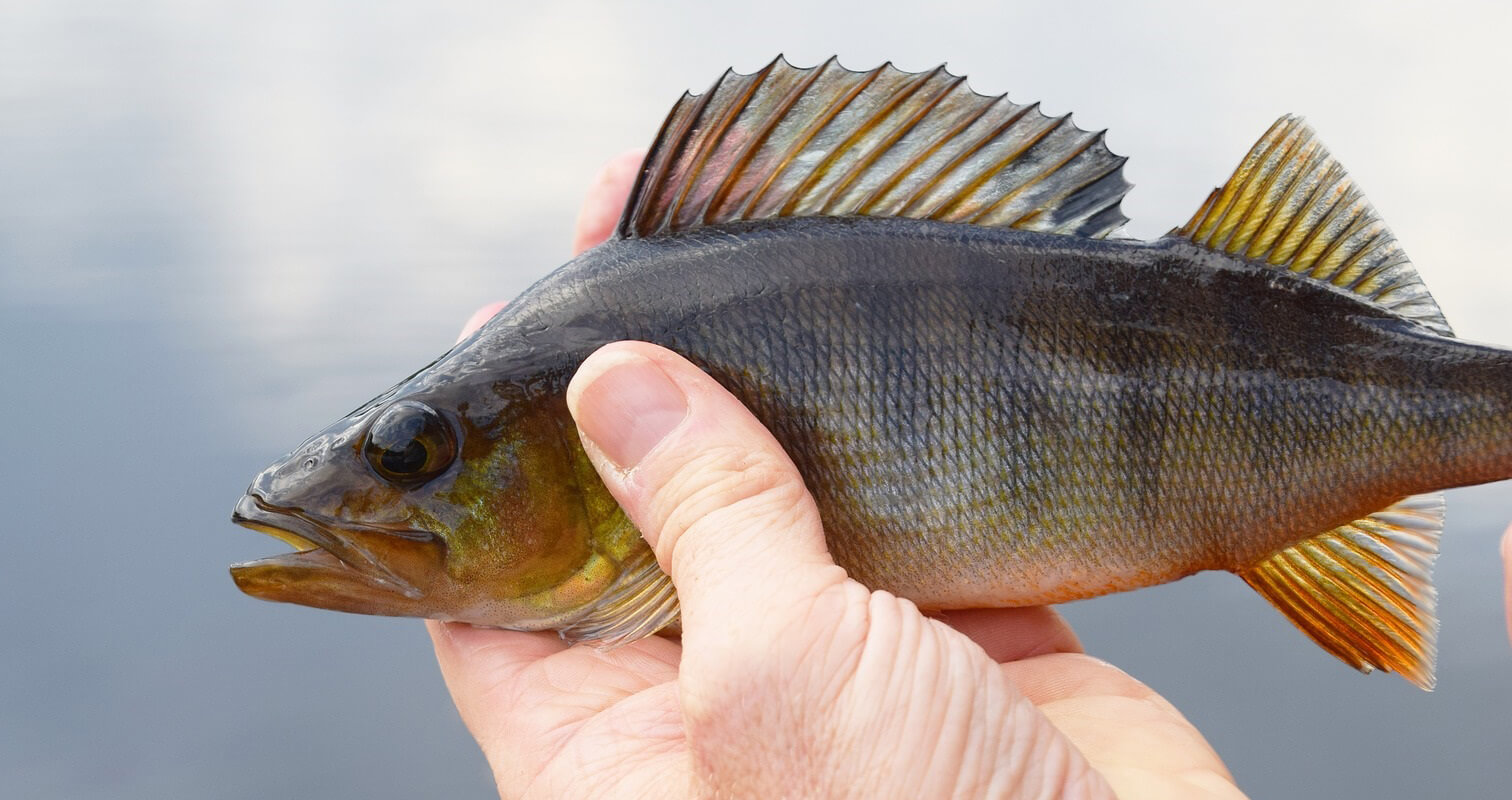
When and where is it better to catch perch
You can catch this representative of the fish fauna all year round: his appetite is excellent, regardless of the season. Only the tackle used and the fishing tactics differ.
This predator is the most voracious immediately after spawning , and you can catch it throughout the day, even near the coast, in shallow water, in the warmest water. With the onset of the summer heat, the perch shifts to a depth, where the water is cooler, and the nibble is activated at dawn and dusk.
In the fall, the bite is again noticeably activated and stretched throughout the day. In winter , it is most advisable to fish this fish on the first and last ice or during thaw periods. However, if you attack the perch site in the wilderness, you can return home with a solid catch.
As mentioned above, perch lives in most freshwater reservoirs of our country, and the size of individuals directly depends on the food supply. Individuals living in spacious reservoirs with an abundance of food are able to grow to a rather impressive size – they are respectfully called humpbacks (because of the pronounced hump on the back). Small whales are practically ubiquitous, so you can catch them everywhere. Fishing in places with variable currents and whirlpools is often effective: the perch perfectly resists the pressure of the water and purposefully snatches the stunned fry out of it.
The favorite places for ambushes of solid humpbacks are all kinds of bottom anomalies, heaps, snags, thickets and so on . They rarely stray far from their usual camp sites, unless hunger or strong changes in weather conditions force them to do so. Humpbacks, in contrast to the nimble “sailors”, are more prone to loneliness and hunting from an ambush, like a pike.
Summer tackle and bait
For perch fishing, absolutely all the tackle that mankind has invented at the moment is suitable. Of course, we are now talking only about legal methods of fishing. It is successfully mined on a traditional float rod, zherlitsa of all kinds of modifications, bottom tackle of all types (from bottom rods to feeders), spinning rods. The greatest efficiency in summer fishing is demonstrated by fishing in the wiring.
Perch is a predator, therefore it prefers food of animal origin , however, there are often cases when it even falls on a hook loaded with bread. What a surprise for an angler who is expecting to see a roach or a crucian on a hook!
Perch willingly takes on a worm, tree beetle larvae, mormysh, maggot, tadpole, bloodworm. A small live bait will also be an excellent choice for passive fishing . When fishing in the wiring, mainly artificial baits are used, from good old spinners to vibro-tails.
Regardless of the tackle used, the perch takes the bait eagerly and powerfully, without “foreplay”. The percentage off the hook is low. The bigger problem is the extraction of the hook: the large mouth allows the perch to swallow the bait whole. Therefore, it is recommended to use medium sized hooks with a long shank in order to facilitate the process of removing them from the voracious fish belly.
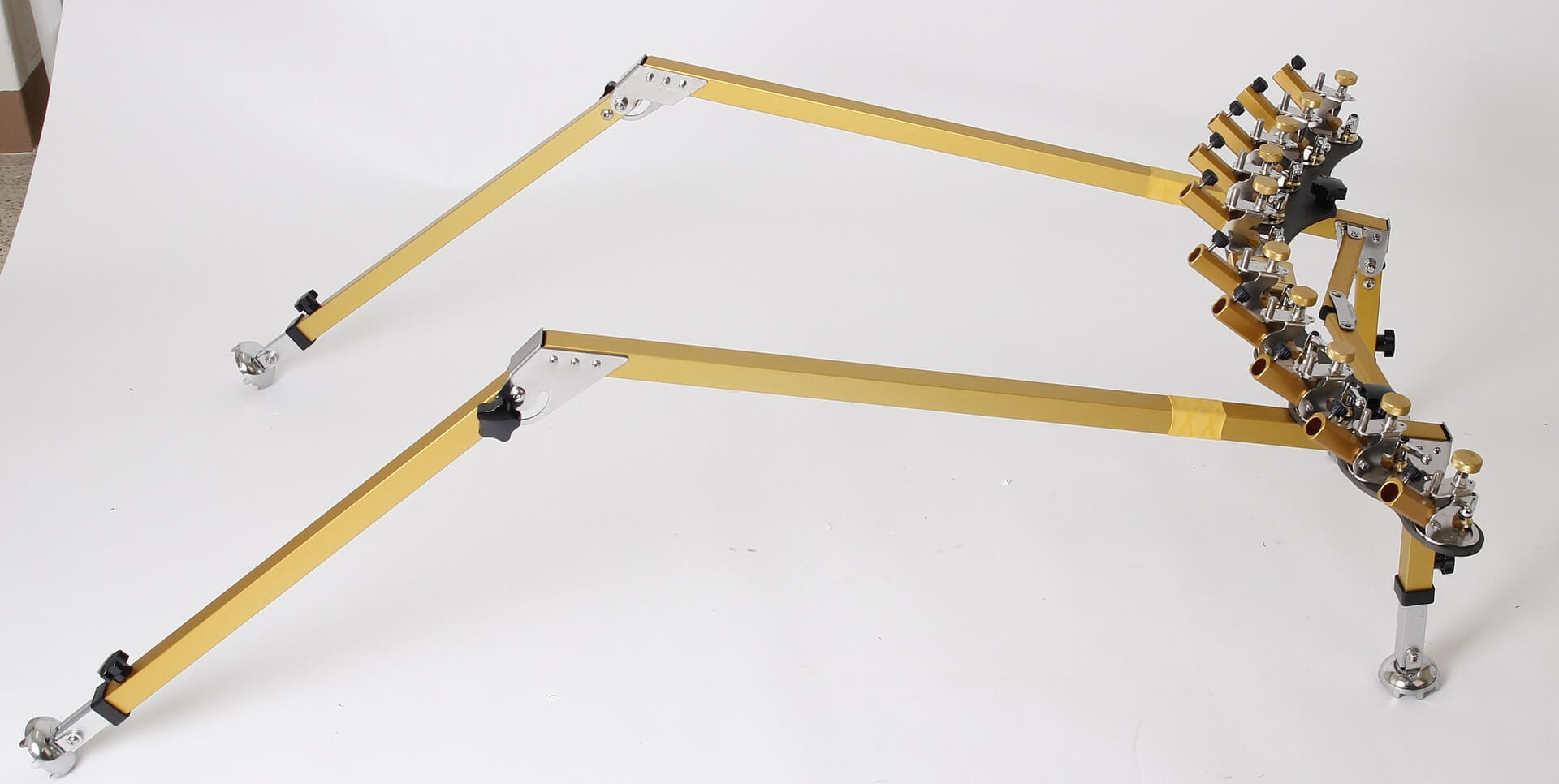
Float rod
The easiest way to catch perch with a float rod is a universal tackle that does not require special handling skills. The simplest option for a beginner is a hybrid of a flywheel and telescopic rod of the universal type. A classic swing rod does not provide for the use of a reel, but it, just the same, does not interfere, and you can use the simplest “inertia”.
The second option , already for advanced anglers, is a match rod. Thanks to the peculiarities of the rig and the use of a spinning reel, it allows you to catch large sectors at great distances. By the way, a deaf, and not a sliding rig, which is more usual for match-makers, is installed on the perch, since it is better to catch this fish not at the bottom, but from half water.
Monofilament is used as the main line (0.2 mm is quite enough), it is also, but of a smaller diameter, used to create a leash. The optimal nozzle is a worm, manure or earth. When using a gentle bloodworm, take a small hook, swallow, but prepare for problems with its extraction. Good performance is demonstrated by fishing with live bait, provided that its size does not exceed 5 cm. At the same time, the fry is hooked on the hook by the back under the fin, the frog by the lip.
Bottom gear
In spring and autumn, of all bottom gear , an elastic band with several leads demonstrates the best catchability. Rigging on a rod (feeder or spinning) also brings good results. It is rational to use a braided line as the main line, regardless of the presence and speed of the current. As a leash, you can use a thin monofilament or fluorocarbon, choose hooks only with a long forend.
At the same time, perch fishing is possible at short distances and in clear water. The optimal bait is the worm and all kinds of larvae. At this time, in the bottom layers, the perch takes greedily and sharply, immediately after the bite, it sharply goes even lower or to the side, which guarantees self-hooking in nine cases out of ten. However, when playing, you need to be very careful, sharp jerks can lead to lip rupture.
In summer, the most catchy gear of this type are the so-called stepping carp rods (the rig is mounted through a connector on a swing stick). Thus, you can get an enviable humpback in a window of clean water in the middle of vegetation, right from an ambush. The best bait will be a small active live bait. A special delicacy for the humpback is the pinched fish.
Spinning
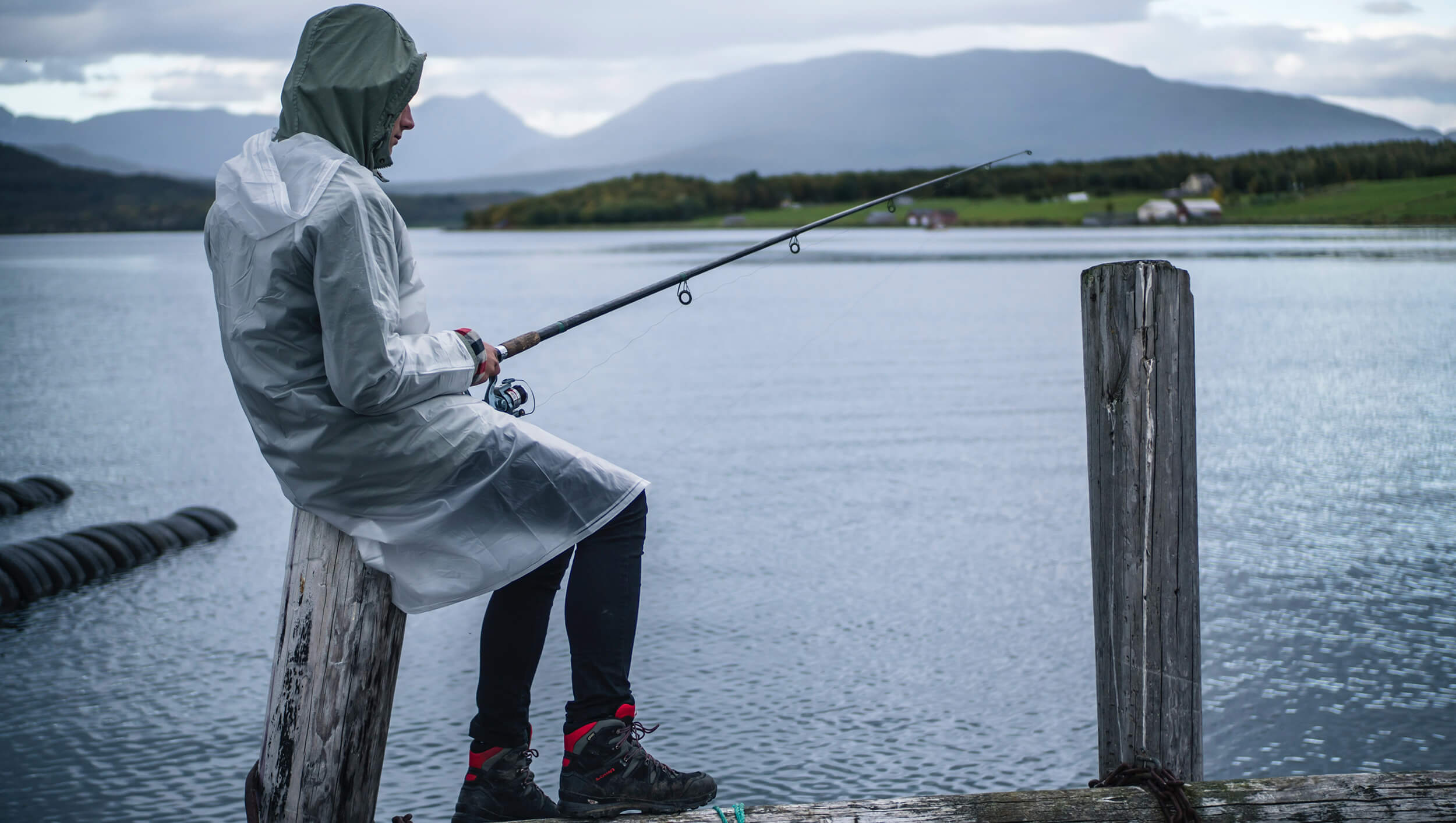
Spinning is the most traditional tackle for catching predatory fish. It is also ideal for catching perch of all sizes. To catch it, it is optimal to use a high-quality ultralight medium action , because the use of heavy lures is not required, and casts will have to be done quickly and often. When casting, you should focus on the flocks of fry jumping out of the water – it is guaranteed that there is a perch there, and not in a single copy.
The spinning reel should be equipped with a spinning reel with a size of 1500-2000 . The presence of a friction clutch is welcomed, because the bait can be attacked by a large humpback, and even a decent pike. The use of a monofilament up to 0.2 mm thick is justified from the point of view of economy, but it is better to spend a little more and purchase a braid that is half the diameter: it transfers the bite to the rod better and has no memory effect. You should not be guided by its small extensibility here: we are planning to catch perch, not trophy catfish.
Wiring methods (uniform, jerky, stepped) are selected according to the individual preferences of the angler and the type of bait. The greatest efficiency is shown by postings in half water and on the surface, however, large specimens are sometimes taken at the very bottom, especially in the summer.
The aforementioned worms and insects, as well as their silicone counterparts, are often used as baits for small perch. For catching large humpbacks, artificial baits are used that imitate live fish: spinners (mostly small spinners), wobblers of all kinds, as well as active “silicones” (twisters and vibro-tails with jig heads) . The latter option should be considered optimal for beginners: active silicone baits demonstrate realistic animation even with inept jigging. In perch fishing, lures can be attached directly to the main line, without a leash, but this is a matter of taste.
Winter fishing
Fishing on the first ice is very effective: the perch is still active and voracious. In the wilderness, the predator moves to wintering pits and keeps there in small flocks, not particularly loitering in the reservoir. The exception is periods of thaws, when the appetite of the perch wakes up again, and it shows some activity. On the last ice, its appetite is again activated, because spawning is ahead, the perch needs to be well fed.
In severe frosts in the middle of winter, either a very lucky or too stubborn fisherman can catch a perch, because drilling a hole directly above the wintering pit is either great luck or the fruit of many hours of labor. The most promising are places on the border of coastal thickets and along steep river banks, but sometimes you have to drill dozens of holes in search of a perch haven.
When fishing for perch on ice, bait is required: although it is more active than other fish, it also needs to be attracted to the area of the hole. The bait is delivered to the bottom using a special self-opening feeder. It is good to add chopped worm and dry blood to the bait mixture – the perch will come to a seductive smell.
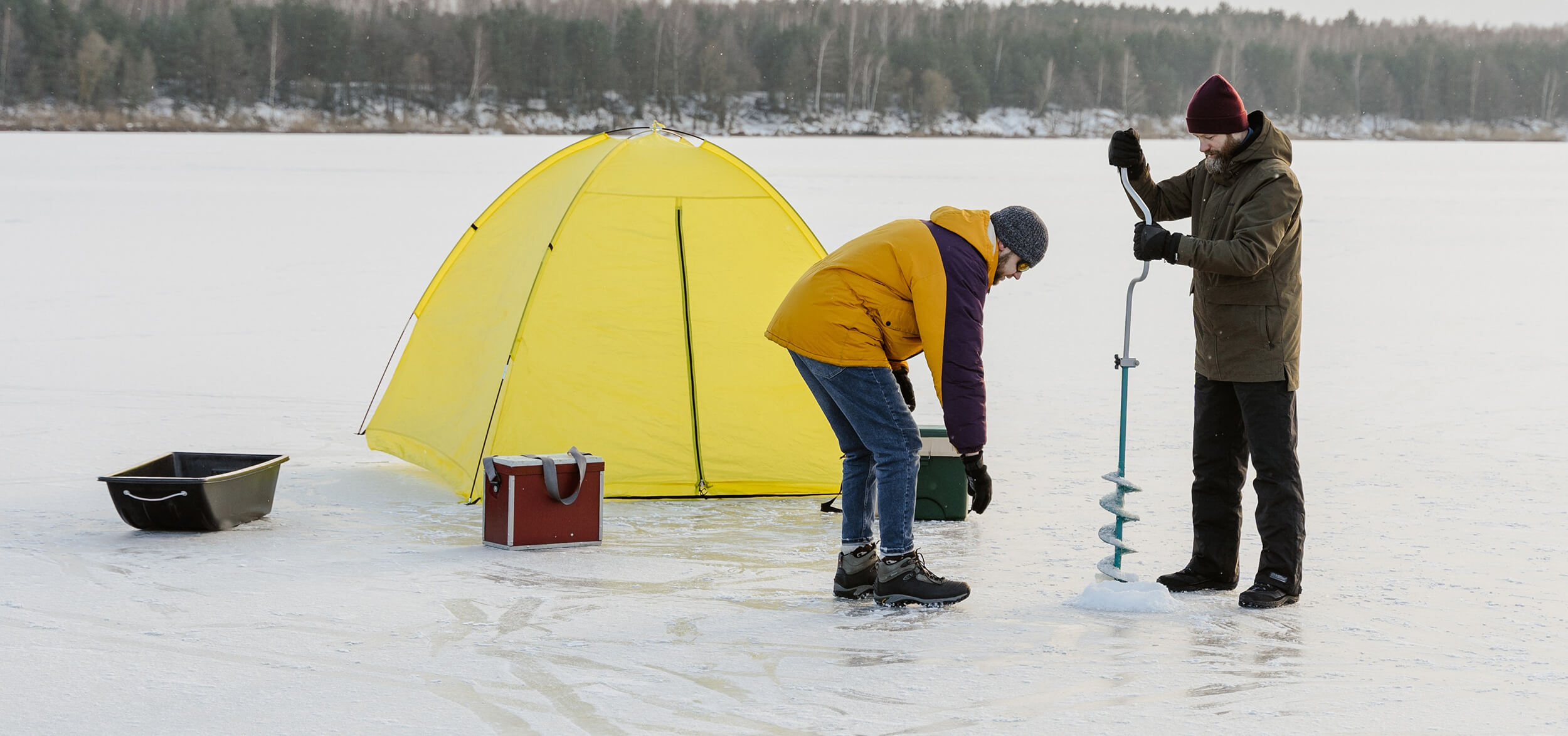
Tackle and bait in winter
Winter fishing for perch presupposes the use of mainly active tackle, although it is quite good for the girders equipped with live bait (if it is able to swallow the bait, of course).
The most loved by anglers are winter fishing rods for lure. They allow you to actively use not only winter spoons, but also home-made tricks, “eggs”, “devils”, wobblers, now fashionable balancers , providing a completely realistic game. Medium fishing rods are considered the most versatile, but professionals usually keep several equipped tackle of different classes at hand for different lures.
The purposeful use of a float rod when fishing for perch in winter is a rarity: it is still easier to lure a predator with active animation. However, the perch is able to covet an appetizing worm, even if it hangs limply from the hook. But on a light nodded fishing rod with a jig, the “striped” bites very well, especially on the first ice and before the ice drift. A little life hack: many experts in winter fishing combine artificial lures with baits of animal origin (pieces of meat, a worm, a perch’s eye).
We wish you good weather and productive fishing in any season! Let the small minke whales caught by you are often interspersed with solid humpbacks!

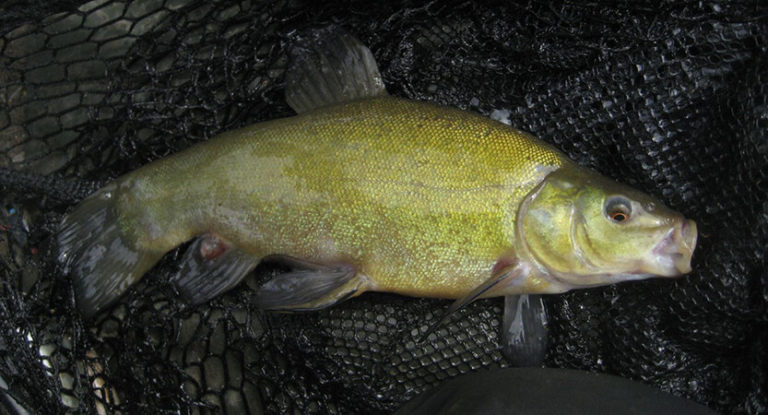
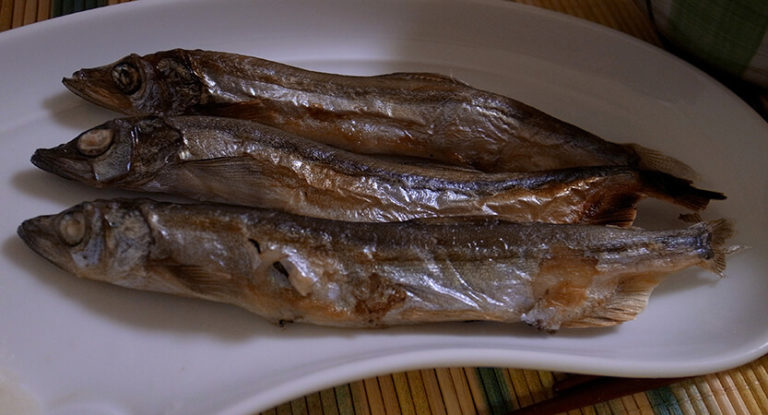
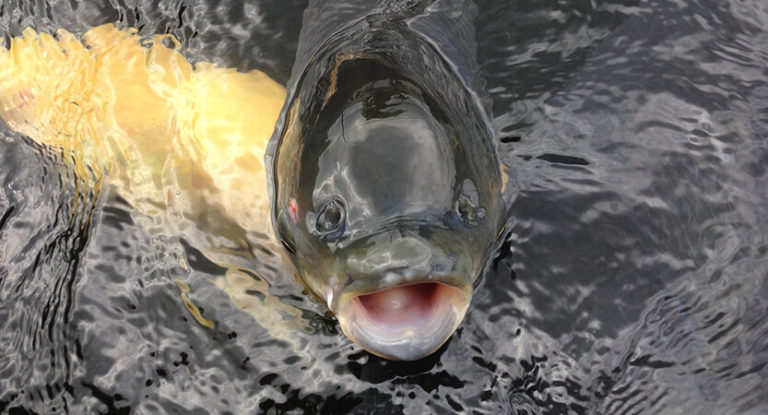
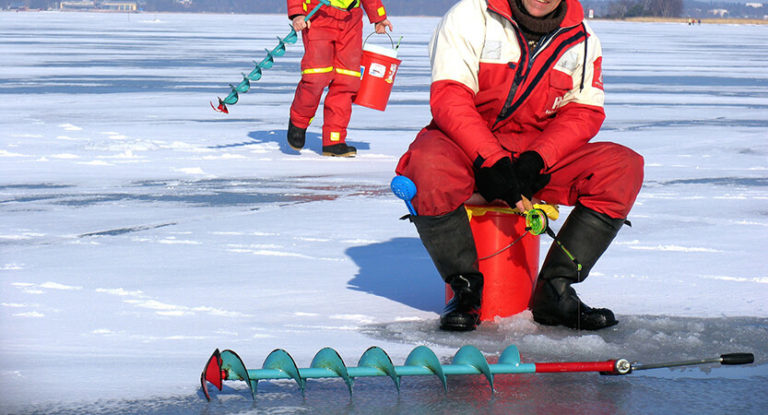
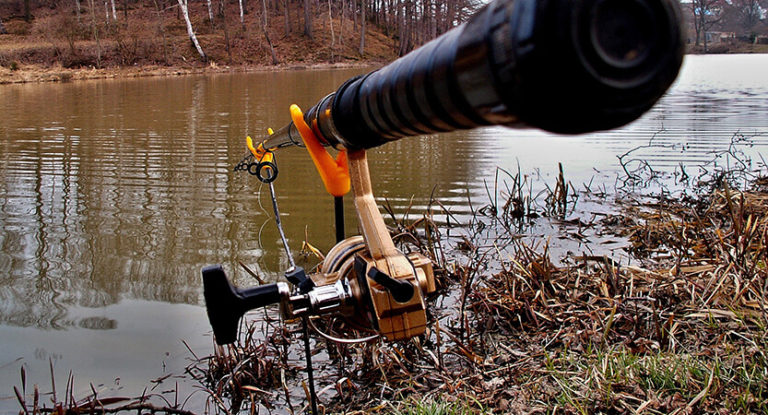
![The 8 Best Fly Reels in 2023 [Buyers Guide] 10 The 8 Best Fly Reels in 2023 [Buyers Guide]](https://trizily.com/wp-content/uploads/2021/12/fly-reel-768x415.jpg)